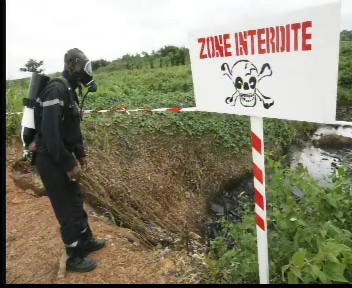The Toxic Paradox

Since December, when the report came out, the mayor, neighborhood activists (活躍分子) and various parent-teacher associations have engaged in a fierce battle over its validity: over the guilt of the steel-casting factory on the western edge of town, over union jobs versus children's health and over what, if anything, ought to be done.











